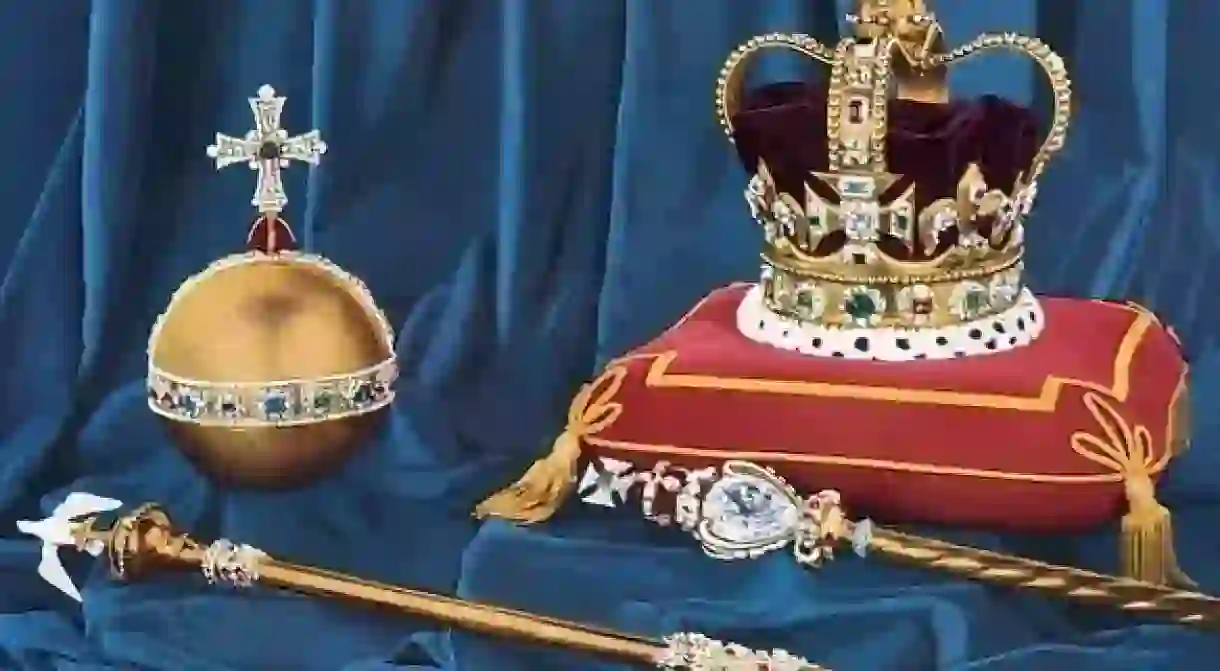11 Things You Didn't Know About the United Kingdom's Crown Jewels

The epitome of wealth and opulence, the Crown Jewels embody all the excess and extravagance of the British monarchy. Read on to find out how what they are, how long they’ve been around, how much they’re worth and lots more.
The oldest item dates back to the 12th century
The Coronation Spoon, used to anoint the monarch as the Supreme Governor of the Church of England, dates all the way back to the 12th century.

The most recent item joined the collection in 1953
A set of 22-karat gold armills presented to Queen Elizabeth II for her coronation in 1953 is the newest addition to the collection.
The Crown Jewels include the largest clear-cut diamond in the world
The 530-carat Cullinan I is estimated to be worth at least £400 million. The larger Cullinan Diamond from which it was cut was a 66th birthday gift to King Edward VII from the government of the Transvaal Colony in 1907.
Ironically the ‘jewel in the crown’ of the collection isn’t in a crown at all
The Cullinan I sits proudly as the centrepiece of the Sovereign’s Sceptre with Cross, which was redesigned to incorporate the hefty jewel in 1910.

There are more Crown Jewels than leagues under the sea
The Crown Jewels collectively refer to 23,578 precious and semi-precious stones owned by the monarch. We’re not sure, but we reckon that’s almost more bling than Ali-G.
They bejewel a total of 140 items
From robes and alter plates to sceptres, swords and, of course, crowns, the Crown Jewels add more than a little sparkle to everything they touch, and even more to the 140 items they’re embedded in.
They used to be kept in Westminster Abbey
The royal regalia was previously kept in Westminster Abbey, but a spate of successful and attempted thefts saw them transferred to the Tower of London in the 14th century.

The Crown Jewels were kept in a biscuit tin for a while
During World War II, the Crown Jewels were kept in a biscuit tin in Windsor Castle. If you think that’s ridiculous, the next one really takes the biscuit.
They’ve been stolen – and the thief was pardoned
No, we’re not talking about Johnny English’s rival Pascal Sauvage – he went down for a long time. During the reign of Charles II, a man who called himself Colonel Blood stole the Crown Jewels. Not only was he pardoned, the king gave him a piece of land in Ireland worth £500 per year.

Unlike the monarchy, most of the collection is not very old (relatively speaking)
The abolition of the monarchy in 1649 saw much of the medieval and Tudor regalia melted down or sold. Many of today’s Crown Jewels were integrated into the collection during or after the reign of Charles II.
Technically, the Crown Jewels aren’t worth anything
Seeing as they’ve never been – and probably never will be – put on sale or insured, it’s practically impossible to accurately value the Crown Jewels. They’re priceless.













